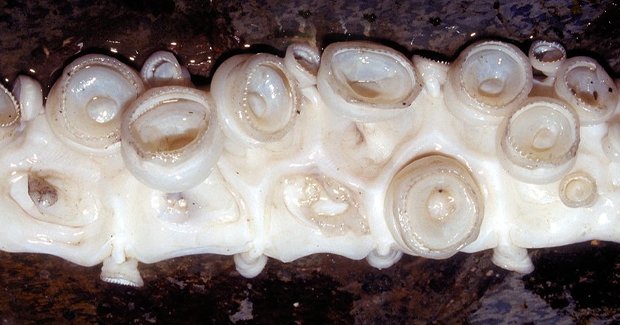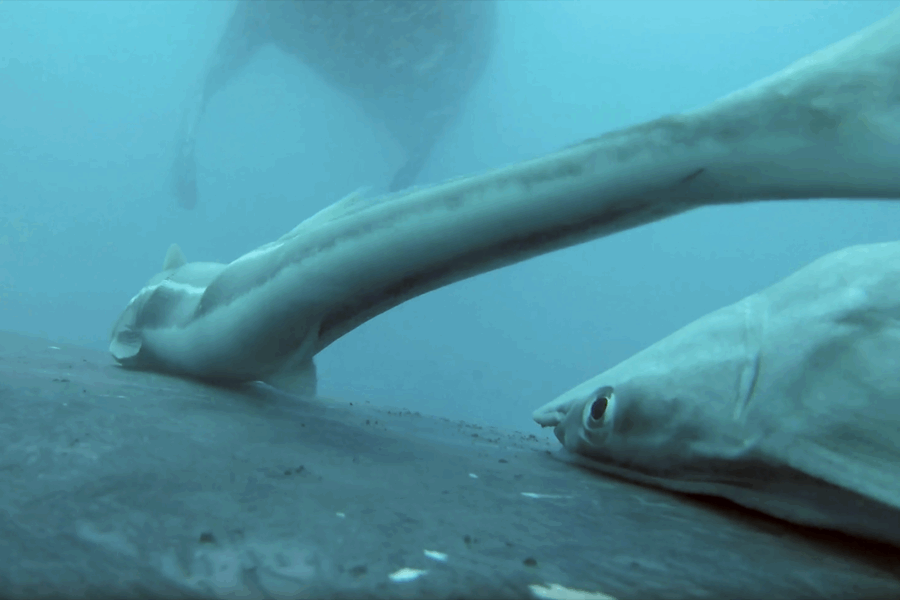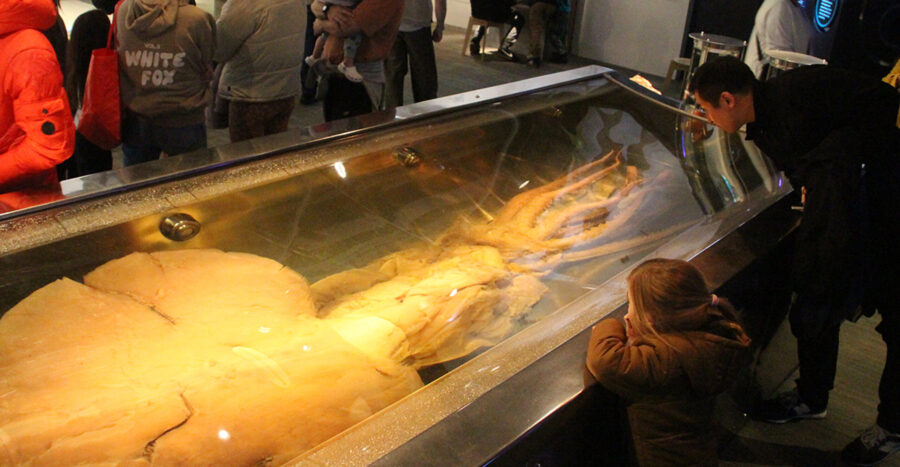Giant squid all one species, study says

IN A WORLD FIRST, scientists have studied the DNA of giant squid from across the globe to discover that they all belong to the same species.
The mysterious marine creature, which can reach up to 18m in length, is found deep below the surface of all of the world’s oceans and, until now, has been little studied by scientists.
In a new study, an international research team examined the DNA of giant squid specimens collected from different parts of the world, and discovered that they all share remarkable genetic similarities.
“Researchers have previously suggested that as many as 21 species of Architeuthis were in existence,” says one of the paper’s co-authors Dr Jan Strugnell, from Latrobe University in Melbourne.
All giant squid only one species
“We were very surprised by our findings,” lead researcher Professor Tom Gilbert, from the Natural History Museum of Denmark, told Australian Geographic. “They have less genetic variation than almost any other studied organism on land or in the sea.”

For this study, scientists extracted tissue samples from 43 giant squid. (Credit: Mark Norman)
This is particularly striking given that giant squid are distributed throughout the world’s oceans, and individuals are known to vary significantly in physical form.
The research, which was published this week in the Proceedings of the Royal Society B, suggests there is only one species (Architeuthis dux) of giant squid on the planet. Because no geographically isolated sub-species have been identified, it also proposes that squid interact with each other across large distances, as part of a single, global population.
First sighting of a giant squid in 2004
The giant squid was first described in 1857, but a live specimen wasn’t seen until 2004. Most of the information scientists had been able to glean about the elusive invertebrates came from remains that were found in the stomachs of whales, washed ashore or caught in fishing nets.
For this study, the researchers extracted DNA from soft-cell tissue samples collected from 43 individual giant squid. The team then compared the individuals, by sequencing the DNA that is passed down from mother to offspring.
Limited gene pool for underwater giant
Jan says the next step is to investigate the reasons behind the low level of genetic diversity, which may have something to do with the squid’s reproductive cycle. “It is likely to have highly mobile larvae that catch oceanic currents, which transport them around the world’s oceans,” says Jan.
An analysis of the giant squid’s history could also shed light on the species’ evolution. “The giant squid population is likely to have gone through a bottleneck event – meaning that the global population decreased significantly in the past,” says Jan.
“We can’t be sure of the reason for this event. It might be associated with the last ice age,” says Jan. “It is possible that the giant squid’s competitors and predators were also impacted, which allowed squid numbers to then increase again.”
RELATED STORIES




